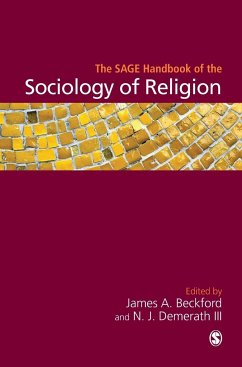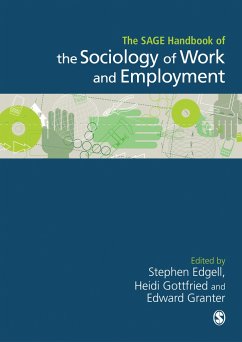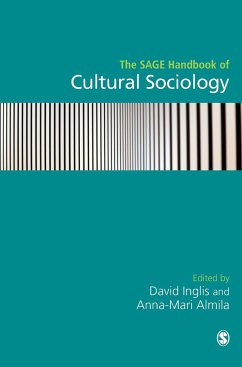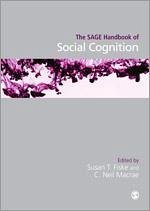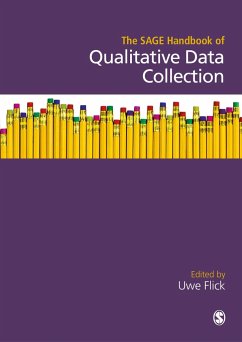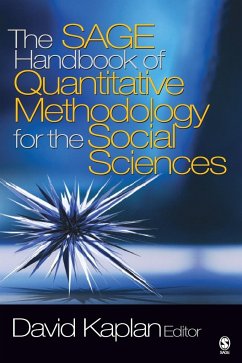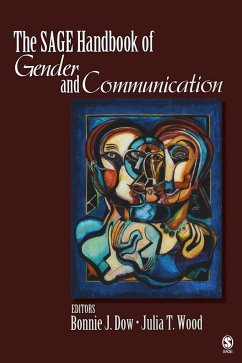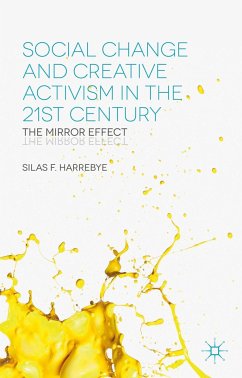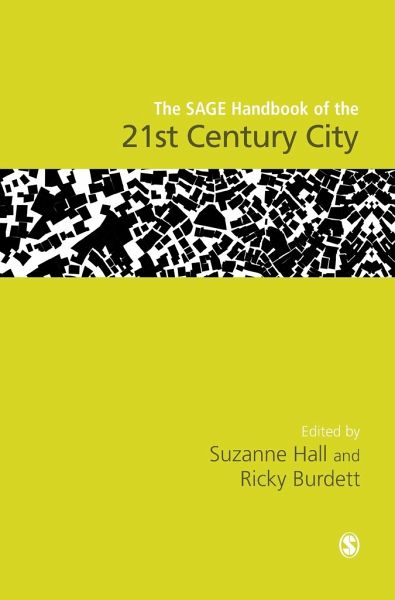
The SAGE Handbook of the 21st Century City

PAYBACK Punkte
67 °P sammeln!
The SAGE Handbook of the 21st Century City focuses on the dynamics and disruptions of the contemporary city in relation to capricious processes of global urbanisation, mutation and resistance. An international range of scholars engage with emerging urban conditions and inequalities in experimental ways, speaking to new ideas of what constitutes the urban, highlighting empirical explorations and expanding on contributions to policy and design. The handbook is organised around nine key themes, through which familiar analytic categories of race, gender and class, as well as binaries such as the u...
The SAGE Handbook of the 21st Century City focuses on the dynamics and disruptions of the contemporary city in relation to capricious processes of global urbanisation, mutation and resistance. An international range of scholars engage with emerging urban conditions and inequalities in experimental ways, speaking to new ideas of what constitutes the urban, highlighting empirical explorations and expanding on contributions to policy and design. The handbook is organised around nine key themes, through which familiar analytic categories of race, gender and class, as well as binaries such as the urban/rural, are readdressed. These thematic sections together capture the volatile processes and intricacies of urbanisation that reveal the turbulent nature of our early twenty-first century:
Hierarchy: Elites and Evictions Productivity: Over-investment and Abandonment Authority: Governance and Mobilisations Volatility: Disruption and Adaptation Conflict:Vulnerability and Insurgency Provisionality: Infrastructure and Incrementalism Mobility: Re-bordering and De-bordering Civility: Contestation and Encounter Design: Speculation and Imagination
This is a provocative, inter-disciplinary handbook for all academics and researchers interested in contemporary urban studies.
Hierarchy: Elites and Evictions Productivity: Over-investment and Abandonment Authority: Governance and Mobilisations Volatility: Disruption and Adaptation Conflict:Vulnerability and Insurgency Provisionality: Infrastructure and Incrementalism Mobility: Re-bordering and De-bordering Civility: Contestation and Encounter Design: Speculation and Imagination
This is a provocative, inter-disciplinary handbook for all academics and researchers interested in contemporary urban studies.





